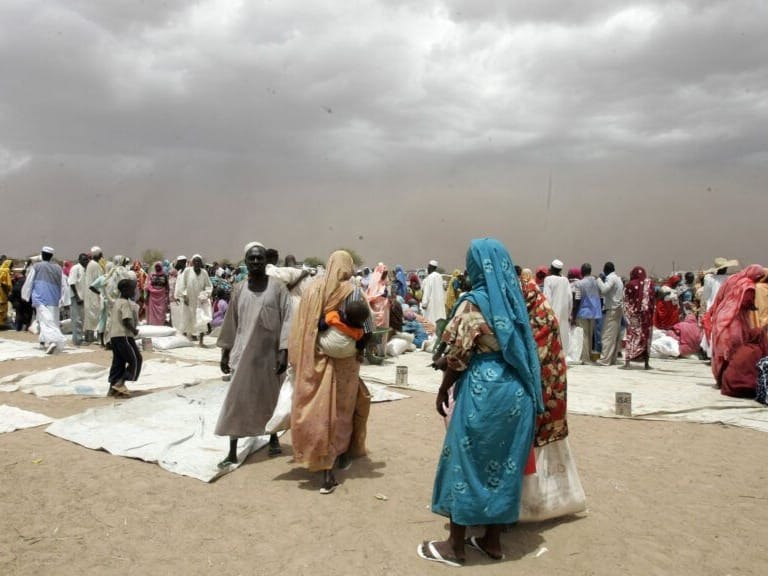GENEVA (AN) — Disasters in the Philippines, China, India and United States plus conflicts in Ethiopia, Congo and Syria drove those nations atop a list of places that contributed to a staggering 28 million people newly uprooted from their homes within their own countries in 2018.
The new displacements last year — which can include multiple incidents by the same person — were associated with disasters and conflicts across 148 countries and territories, the Geneva-based Internal Displacement Monitoring Center, or IDMC, said in a global report on Friday.







